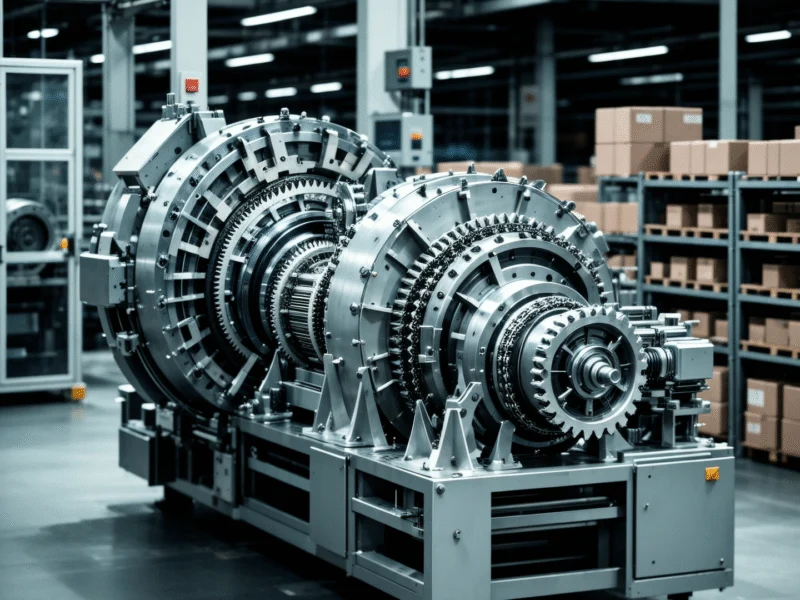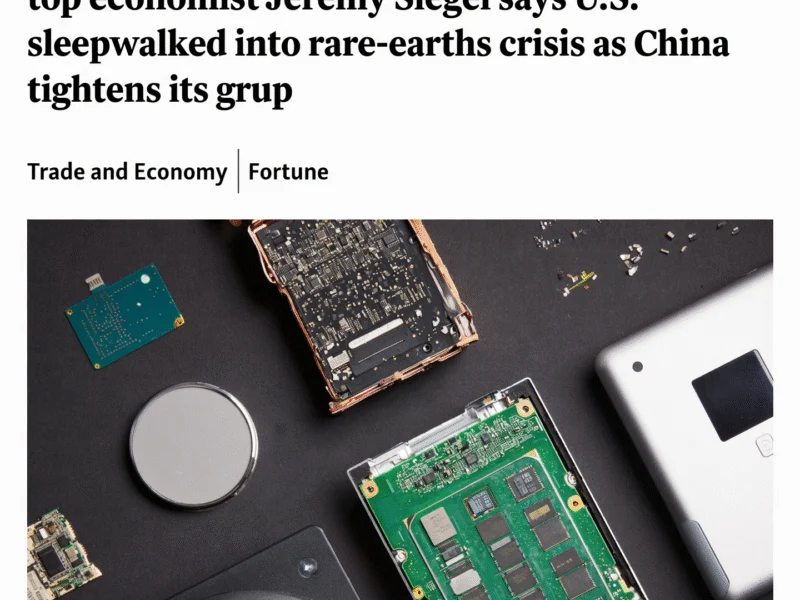**
Despite mounting international concerns about China’s economic model and its export surge, Beijing remains steadfast in its conviction that its approach is both sustainable and superior. While foreign officials warn of deflation risks and industrial overcapacity, Chinese leadership projects unwavering confidence in the nation’s economic direction and resilience.
Diverging Economic Perspectives
The global economic community remains sharply divided in its assessment of China’s current trajectory. International economists point to persistent deflation, property market instability, and weak consumer spending as fundamental challenges. However, Chinese officials characterize these issues as temporary side effects of a broader transition toward advanced technological capabilities, according to recent analysis of official statements.
This fundamental disagreement extends beyond academic debate, fueling ongoing trade tensions between major economic powers. The China–United States trade war reflects these competing narratives, with American officials believing economic pressure will force policy changes while Chinese leadership demonstrates what industry experts note as remarkable confidence in their system’s durability.
Official Chinese Position Through Party Editorials
Recent editorial publications in the People’s Daily provide crucial insight into Beijing’s economic thinking. Authored under the pen name Zhong Caiwen—indicating they represent the views of the party’s primary economic policy body—these pieces present four key arguments defending China’s approach.
The comprehensive editorials, spanning over 10,000 characters, emphasize several core positions. First, they maintain that contrary to international skepticism, the economy of China remains fundamentally healthy during its transition from traditional growth drivers to innovation and green technology. Evidence cited includes China’s global leadership in international patent applications, with 70,160 filings in 2024 representing a 30% advantage over the United States.
Economic Resilience and Strategic Confidence
Chinese officials consistently emphasize the economy’s capacity to withstand external pressures. One editorial reiterated Xi Jinping’s metaphor that “China is an ocean, not a pond”—suggesting the economic system possesses sufficient scale and depth to navigate global turbulence. This perspective aligns with what additional coverage has identified as China’s strategic patience in economic policymaking.
The Chinese position treats challenges like American protectionism and domestic consumption weaknesses as manageable obstacles rather than existential threats. This contrasts sharply with external assessments that view export surges as necessary lifelines for an otherwise struggling economic model. Recent trade data and manufacturing output figures appear to support both interpretations depending on analytical framework.
Global Context and Comparative Analysis
International reactions to China’s economic strategy continue to evolve as trade patterns shift. Some analysts, including Jeremy Siegel who says China tariffs are temporary, suggest current trade measures may represent short-term adjustments rather than permanent structural changes in global economic relationships.
Parallel developments in technology sectors further contextualize China’s economic positioning. As Microsoft ends support for Windows 10 and Apple AI research takes center stage at major conferences, China’s emphasis on technological independence appears increasingly strategic. Meanwhile, Samsung’s new foldable launch demonstrates continued innovation competition in consumer electronics where Chinese manufacturers have gained significant market share.
Future Trajectory and Policy Implications
China’s economic approach appears firmly established despite international pressure. The nation continues to prioritize:
- Technological advancement and patent development
- Green energy transition and sustainable infrastructure
- Export competitiveness across manufacturing sectors
- Gradual economic rebalancing toward consumption
This strategic direction suggests Beijing will continue its current economic policies regardless of foreign criticism. The fundamental disagreement about the health and sustainability of China’s economy seems likely to persist, with significant implications for global trade relationships and economic stability in coming years.



